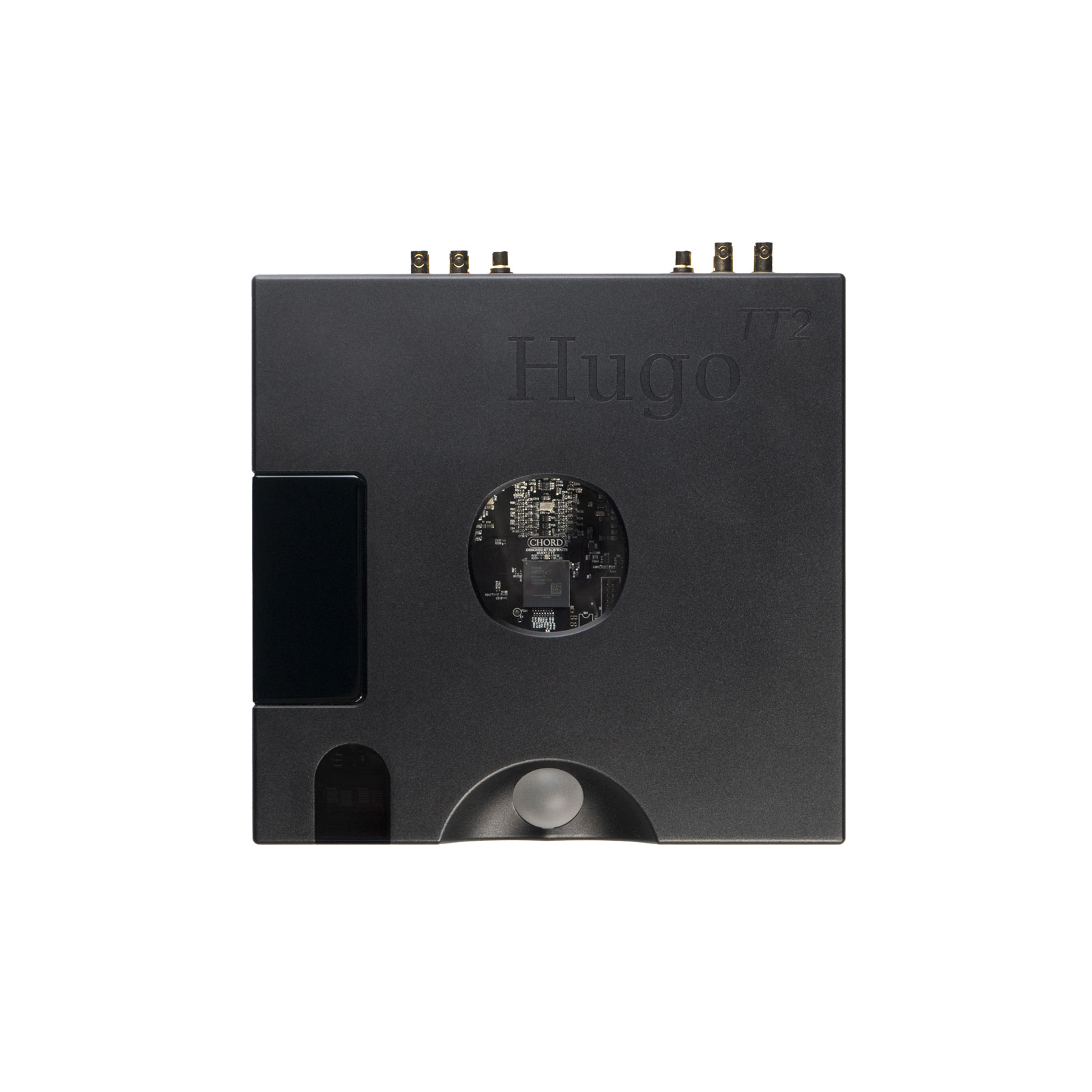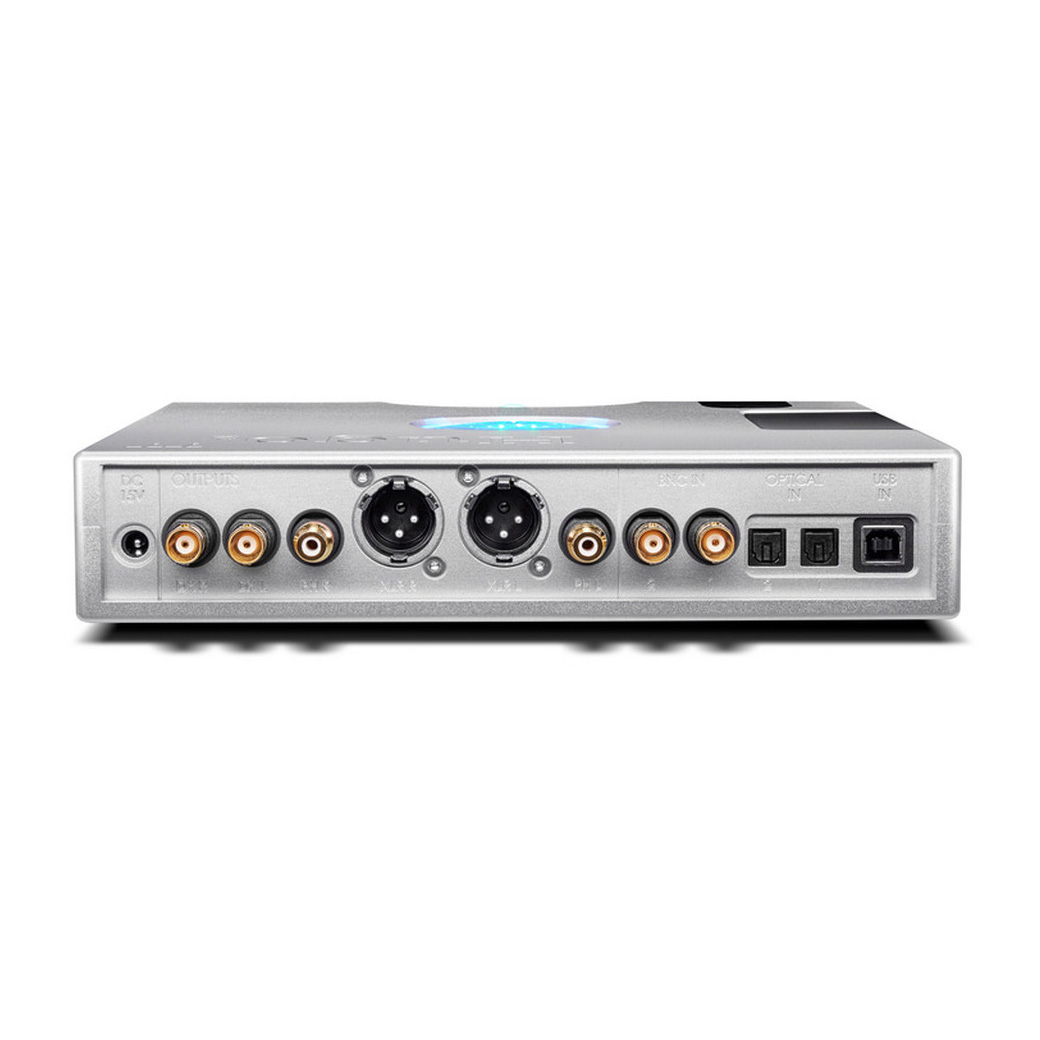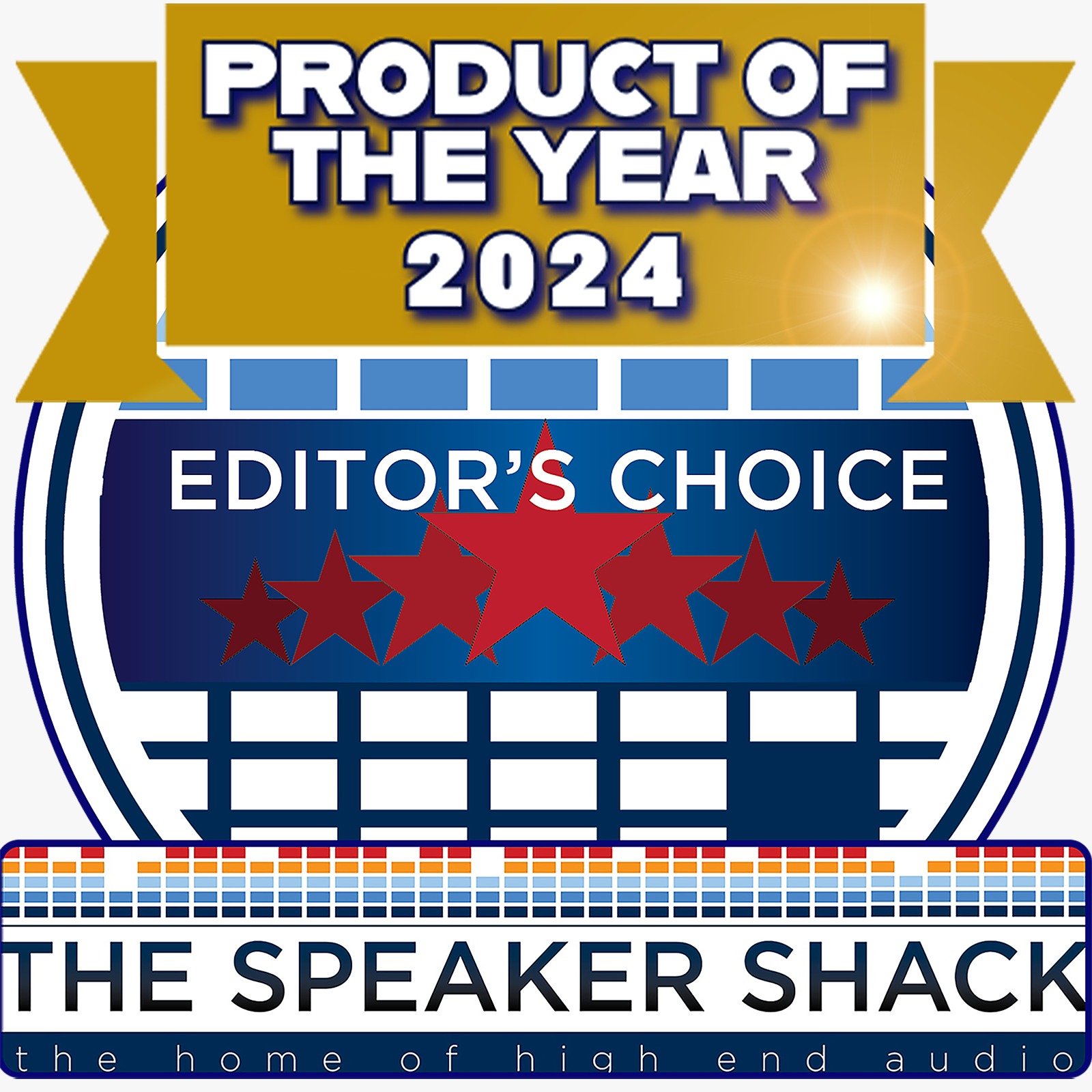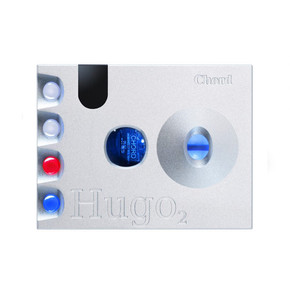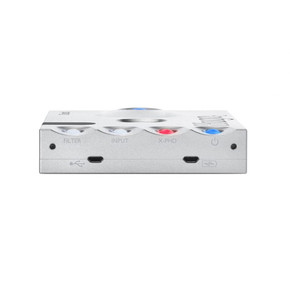Best DAC of 2021 Award – What Hi-Fi? Magazine
"Five Stars" - What Hi-Fi?
"The Best Value DAC the Company Makes"
Developed from the multi-award-winning transportable Hugo 2, the Hugo TT 2 DAC, preamplifier, and headphone amplifier is bigger, better and more advanced in every way. TT 2 sets a new benchmark for tabletop DACs, eclipsed only by Chord's flagship DAVE.
Hugo TT 2 has been radically redesigned from the ground up, not only with beautiful new casework by Chief Designer, John Franks, but with 5x the processing power of the original Hugo TT and double that of the multi-award-winning Hugo 2. Hugo TT 2 distills over 20 years of digital development by Rob Watts and takes advantage of the very latest technology.
Hugo TT 2 delivers radically improved technical specifications and measurements across the board and exhibits drastic sonic benefits over its predecessor with 768kHz PCM and DSD 512 playback.
In a February 2021 online article, "Best DACs of 2021," What Hi-Fi? magazine notes, "Chord's Hugo was already a stellar DAC, and this only improves on it." According to What Hi-Fi?, "There isn’t another DAC around at anywhere near this sort of price able to communicate so well and so effortlessly. We like it a lot."
"Everything the Hugo TT Could Do, the Hugo TT 2 Can Do Better"
"In performance and feature terms it’s possible to make a strong case for the Hugo TT 2 to be considered the best value DAC the company makes," reports England's What Hi-Fi? magazine, which gives the Hugo TT 2 its top rating of Five Stars. "So, Chord’s seemly unstoppable digital bandwagon rolls on with yet another class leader."
"As many music lovers know, the legend of Chord Electronics’ Hugo family of products started several years back with the first-generation Hugo, a wildly overachieving portable headphone amp/DAC that took the marketplace by storm," writes Chris Martens in The Absolute Sound,. "To state things simply, the Hugo TT 2 is different from and better than the original Hugo TT in every way. It is quieter, yields unmeasurable levels of noise, offers greater dynamic range, provides a different and better power supply, produces much more output power, and incorporates a markedly improved DAC section. In short, everything the Hugo TT could do, the Hugo TT 2 can do better."
Delving Deeper into Hugo TT 2's Heart
In comparison to the 256-tap filters that traditional chip DACs may run at, Hugo TT 2’s beating heart is a powerful Xilinx Artix 7 FPGA, custom-coded by Chord Electronics’ Rob Watts, with 86x 208MHz cores running in parallel to create an advanced 16FS WTA 1 filter with 98,304-taps. Double that of its multi-award winning transportable brother, Hugo 2 (49,152). Hugo TT 2 also benefits from an upgrade from a 4-element design to a 10-element design, which works in harmony with the radically upgraded FPGA and code to deliver unrivalled audio.
A brand new high-power discreet output stage coupled with second-order noise-shaping integrated between the DAC output and filter is also employed to massively reduce distortion. Further improvements have also been made to the power delivery. Hugo TT 2 eschews the Li-Po battery power supply of the original and ushers in six super capacitors capable of delivering huge, linear dynamic currents when the music demands it with peak output of 5A, 9.3V RMS.
Four-Stage User-Selectable Filter Controls
Hugo TT 2 also brings home the much loved four-stage user-selectable filter controls introduced with Hugo 2 and retains the three-stage user-selectable digital crossfeed function for headphone users who want to improve the perception of depth, similar to that of speakers.
Hugo TT 2 can be upgraded at any time with the addition of M Scaler, Chord's 1M-tap digital upscaling device.
Capabilities and Connections
The Hugo TT 2 offers PCM support of 44.1kHz, 48kHz, 88.2kHz, 96kHz, 176.4kHz, 192kHz, 358.8kHz, 384kHz, 705.6 and 768kHz – 16-bit to 32-bit. DSD support is DoP DSD 64 to DSD 512, native via Windows. Operation of the Hugo TT 2 with your computer is driverless with Mac OS X and Linux, but a driver is required for Windows OS.
Inputs consist of 1x USB Type-B, 2x Coax BNC, 2x Optical & Bluetooth. Outputs are Stereo XLR, Stereo RCA, 2x 6.5mm Headphone jack, 1x 3.5mm Headphone jack, and 2x DX BNC (expansion outputs) digital outputs.








